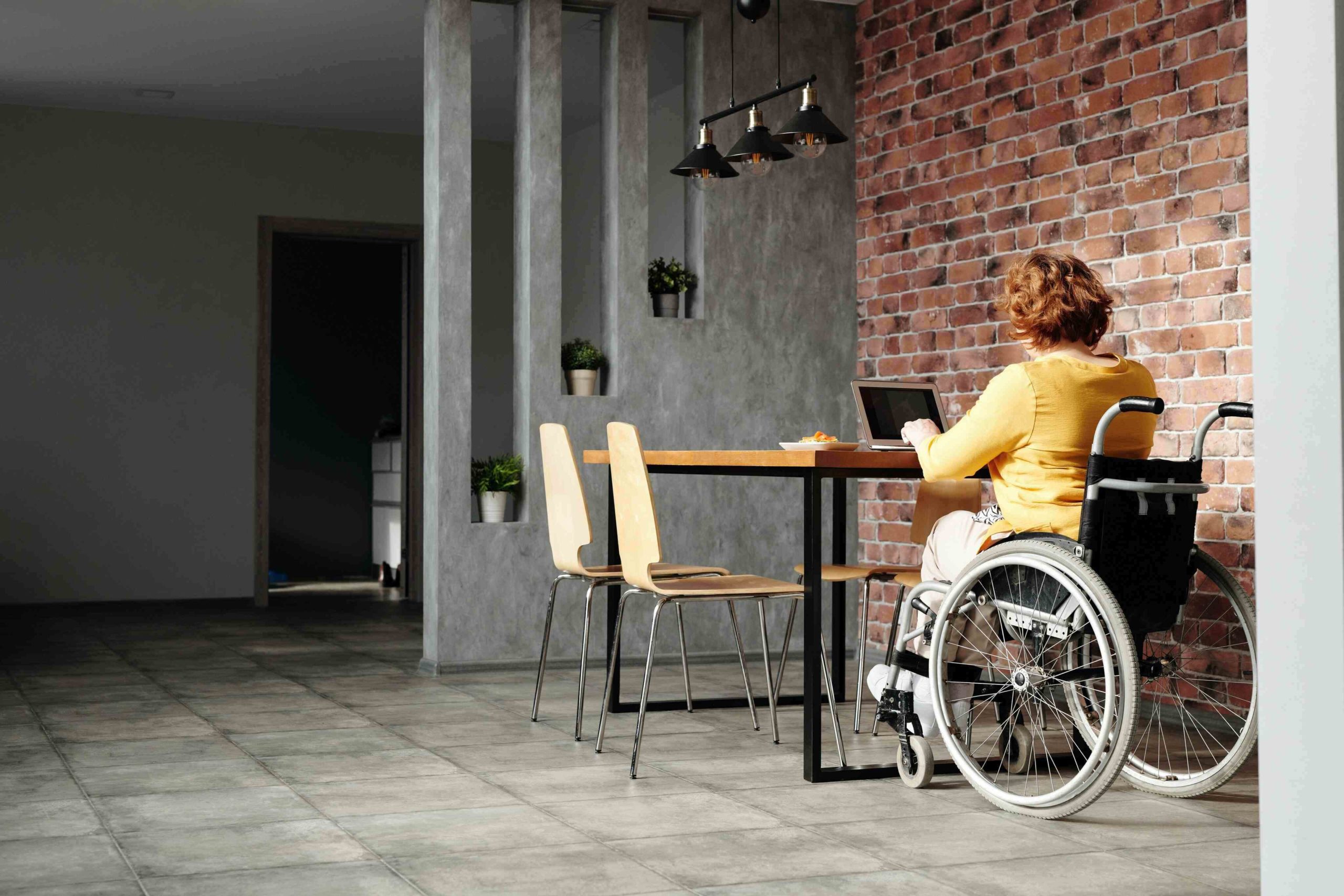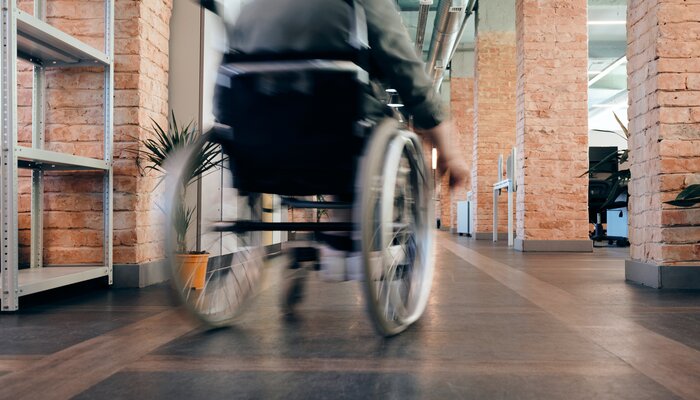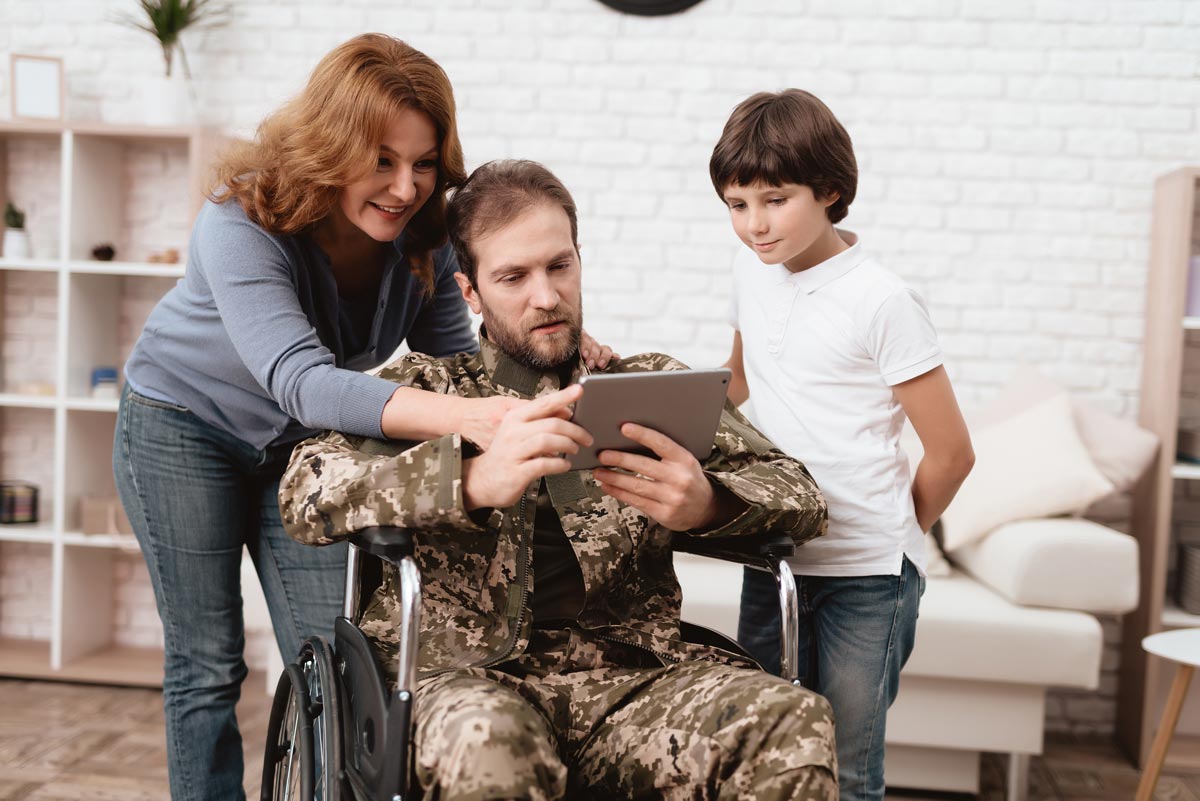If you are a technophile who is interested in robotic devices, the last few years have been exhilarating, thanks to the constant release of new, innovative products and software. But one community in particular has much to celebrate regarding all of this evolving technology: the disabled community.
Read on to learn about Industry 4.0 and how it's revolutionizing the ways that people with disabilities connect with the world.
Industry 4.0
In 2024, we are experiencing the Fourth Industrial Revolution, or "Industry 4.0." In essence, the infrastructure for worldwide internet access has been created, and these tools are being developed and utilized in fascinating ways. Scientists and technology leaders are continuously inventing new and exciting patents that combine technology with existing products, such as smart lights and VR headsets. The ability for technology to interact with our physical world is becoming more seamless every day.
In simple terms, technology is getting smarter, faster, and able to do so much more than it ever has in the past. This new technological era is exciting and can even be frightening due to industry disruptions and a shifting economic system/ Still, this technological era holds a lot of potential to improve the quality of life for many people around the world.
How the Fourth Industrial Revolution Will Help the Disabled Community
So, what does all this tech talk mean for those with disabilities? Companies are taking the groundbreaking technology that is rapidly being developed and using it to build programs, robotics, and products that are aimed at making life easier for those with physical and mental disabilities.
These technologies go far beyond robot vacuums and smartphone-powered lights. Innovations that seemed impossible just a few years ago are becoming reality. Disabled people are often the beneficiaries both at home and in the workplace.
Thanks to high-speed computer processing, AI technology, and the increasingly ubiquitous Internet of Things (basically, smart devices), people with disabilities are unlocking new levels of freedom and independence.
This is great for those who want to maintain their autonomy and independence, as well as for their families, caregivers, and support systems who wish to see them thrive.
Examples of Robotic Tech for the Disabled Community
While some of these new technologies are still in the research and development stage, many are already available for commercial and personal use. Here is a sample of the many Industry 4.0 tech supports bolstering the disabled community.
Exoskeleton Allows Its Users to Walk Again
Scientists at the Italian Institute of Technology have developed a new exoskeleton to help paralyzed people walk again. The exoskeleton, called Twin, provides motorized support for individuals with little or no lower body mobility. While Twin is not yet widely available and is still in development, it's nearing the phase where it should be available for the general public in the near future.
Stretch Provides Assistance With Daily Activities
Hello Robot’s Stretch 3 is a small, relatively inexpensive robot that can be controlled through a simple web browser and requires little movement to operate.
Stretch can help those who are paralyzed and bed-bound with a vast range of daily tasks and activities, so they are no longer as reliant on family and caregivers. This gives them an incredible amount of freedom and independence.
Speech-to-Text and Text-to-Speech Software
For deaf, hard-of-hearing people or those with a restricted capacity to communicate verbally, the ability to interact with others has historically been very limited. They often had to physically write out what they wanted to say, wait for the other person to read it, rinse, and repeat. This is, understandably, an exhausting and laborious process just to communicate. The ubiquity of texting and ‘text-to-speech’ (TTS) technology has made communication much more accessible.
The inverse technology, speech-to-text technology, has also been a massive boon for the disabled community. For those with arthritis, amputations, or other hand mobility limitations, the ability to speak into a phone or a computer and have their words dictated has been an incredible game changer for many. These technologies are becoming more widely available, and the quality and accuracy are increasing by leaps and bounds. Nuance’s Dragon dictation product is a noted leader in this space, as is Apple’s iOS, which uses some of the same software.
Toyota’s Friendly Human Support Robots
Toyota, the famous Japanese car company, and its CEO Akio Toyoda have recently shared their commitment to entering the mobility and assistive technology space. This commitment is evidenced by the release of Toyota’s Human Support Robot, which can perform a range of everyday tasks with voice-activated or tablet-activated commands. This friendly, helpful robot is slated to be a massive boon for the healthcare system, as well as to those with limited mobility. While the Human Support Robot isn’t ready for the general public yet, it is expected to be soon.
Technology is Paving the Way for Disabled People
The 21st century has already delivered a lot of assistive technology to the disabled community, and it is not even a quarter done. While we always have a long way to go to help those with disabilities comfortably work, live, and interact with others, leading technology companies are making tremendous strides in assistive, supportive products and software.





